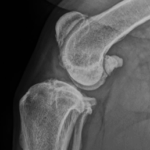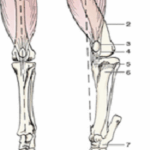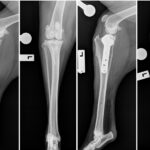 Does your dog get itchy skin, sore ears, or lick their paws constantly? They may have allergic skin disease.
Does your dog get itchy skin, sore ears, or lick their paws constantly? They may have allergic skin disease.
Spring and early summer tend to be the worst time for allergic skin disease in dogs as there are high pollen levels in the air. It’s no coincidence that many people with hay fever find their dog gets itchy at the same time their hay fever flares up.
A lot of dogs with allergic skin disease have a pollen allergy. Rather than causing hay fever or asthma like in people, dogs tend to get skin problems. The pollens cause inflammation in the skin, which can make the dog quite itchy. The inflammation also creates heat and moisture in the ears and between the toes which creates the perfect environment for yeast and bacteria to grow, leading to infections.
Fortunately, treatment has come a long way over the last few years. There are now treatments available which are very safe and effective, and avoid many of the side-effects we see with steroid treatment.
Early intervention and management of allergic skin disease is especially important. Because secondary infections are so common, we often end up needing to treat an infection as well as the underlying condition. This ultimately causes avoidable pain for the dog and costs more to treat. By treating early we can often prevent these infections from being established, and with a proper maintenance plan, we can minimise the risk of the problem recurring.
Early signs of allergic skin disease include licking paws (dogs don’t do this out of habit), shaking their head, scratching excessively, and red skin around the ears, belly and armpits. Signs that a secondary infection is present include a bad smell, mucky ears, lumps in the skin, and pain when scratching their ears.
If you’re worried about your pet’s skin, talk to your vet as soon as they start showing any signs of itching or redness. It will save your pet a lot of discomfort and yourself a lot of money.



